🤓 The 2026 Local Search Ranking Factors are here!! Check out the report!
🤓 The 2026 Local Search Ranking Factors are here!! Check out the report!

If attending school has permanently left you with an impulse to start learning new things every fall, pull up a desk and dive into the most important local SEO developments of the third quarter of 2025. We’ve got the most insightful takes for you and most noteworthy developments, from GBP to AI, to local search marketing. Class in session!
Whitespark is helping local business owners and their marketers say goodbye to clunky tools and hello to gorgeous grids with our Local Ranking Grids product launch. You can try it for free, and plans start at $10 per month. If you’ve been looking for an organized and beautiful dashboard that lets you dig in deep on local rankings, we think you’re really going to like our latest offering!

In July, I documented what seemed to me a sudden increase in the appearance of these big GBP layouts in response to my Google searches, and peers responded that they had noticed the same. Instead of the single-column, right-hand GBP styling, this expanded display puts elements like branding, review summary, images, map, open hours, and popular times across the horizontal SERP space, with more information occupying the traditional right column. Some readers noted that this seems to be mainly affecting the results for restaurant queries, and my subsequent checks in September seem to back that up.
There is not a consistent naming convention for this display, though several friends suggested they should be called “brand panels” or GBPBPs. They certainly occupy a vast amount of screen space.
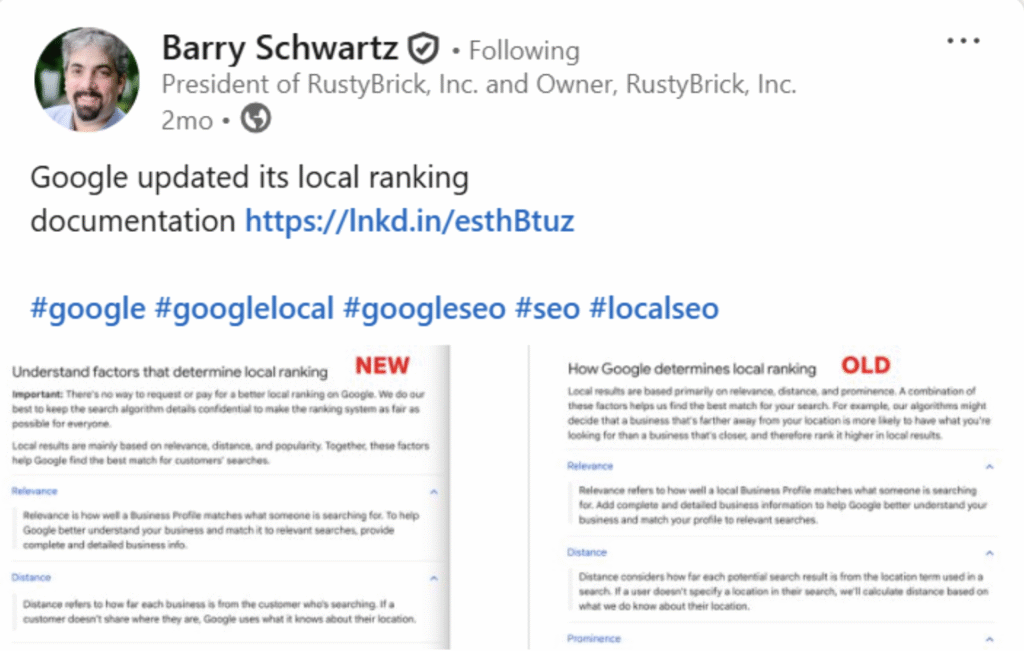
Barry Schwartz captured a bit of a stir surrounding an update to the Tips to improve your local ranking on Google document. It’s always worth noting even slight changes to Google’s language, but this ended up not being very exciting. The main edit here was that Google slightly re-worded its explanation of prominence. There is also a little bit more emphasis on the page on this language:
❗Important: There is no way to request or pay for better local ranking on Google. We do our best to keep the search algorithm details confidential to make the ranking system as fair as possible for everyone.
This editing pass on this famous document does not appear to correlate to any actual algorithm changes.
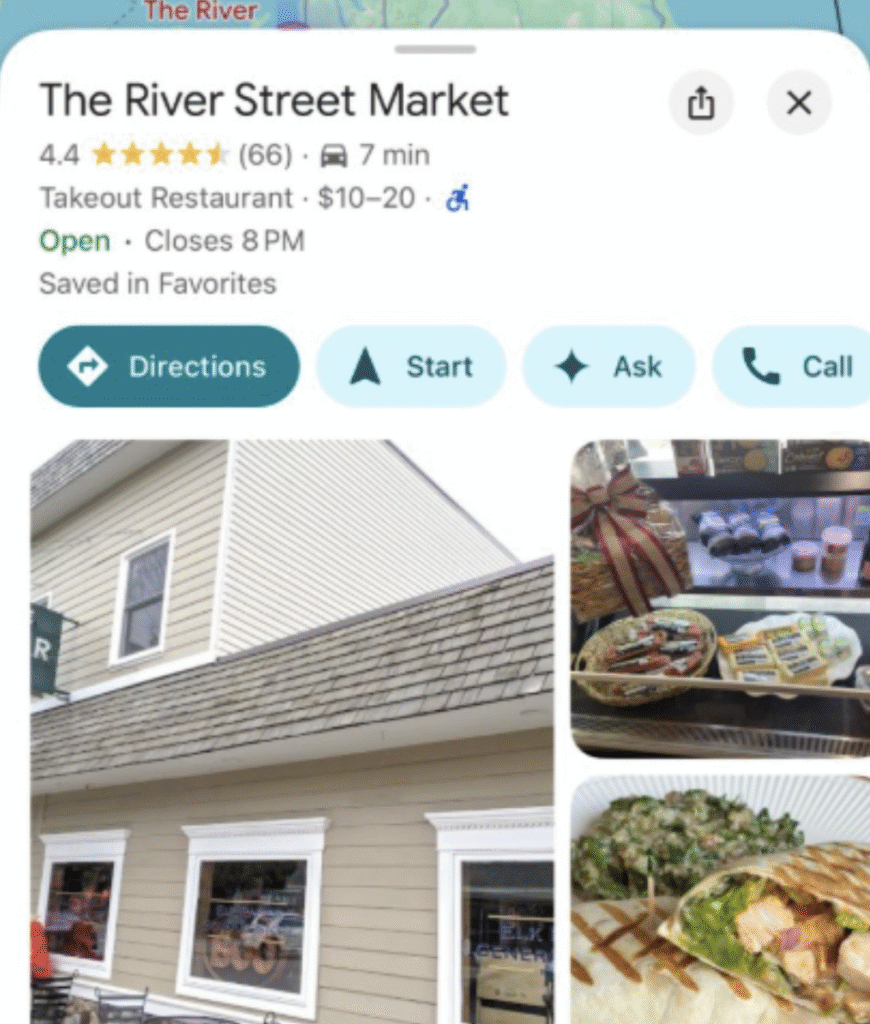
Claudia Tomina and several other marketers noticed Google placing its AI-based “Ask” feature at the top of mobile listings. When clicked on, this button leads users to the “Ask Maps about this place” feature that rolled out last November. Not everyone has been able to replicate this result, but it’s certainly something to pay attention to if it’s appearing on your listings.
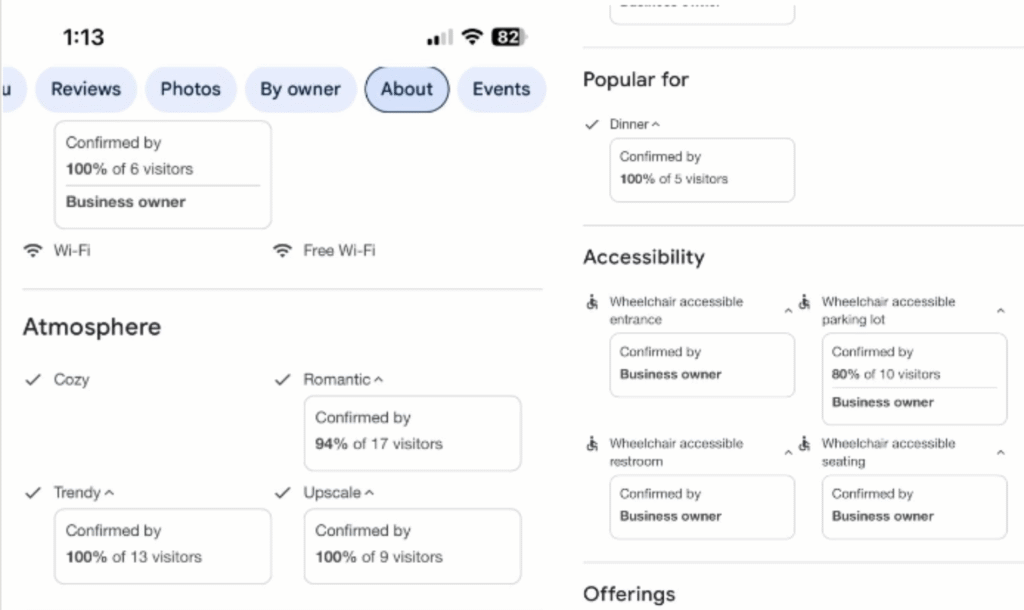
Claudia Tomina also spotted user confirmation signals in the About section of mobile Google listings. As shown above, Google is emphasizing here that 100% of 6 visitors have confirmed that the information in the About section is accurate. Claudia says this data is likely coming from the attributes selected by reviewers and possibly also “know this place” questions Google shows to users. She notes that features of this kind are rapidly rolling out for branded queries. Check out how your business appears.
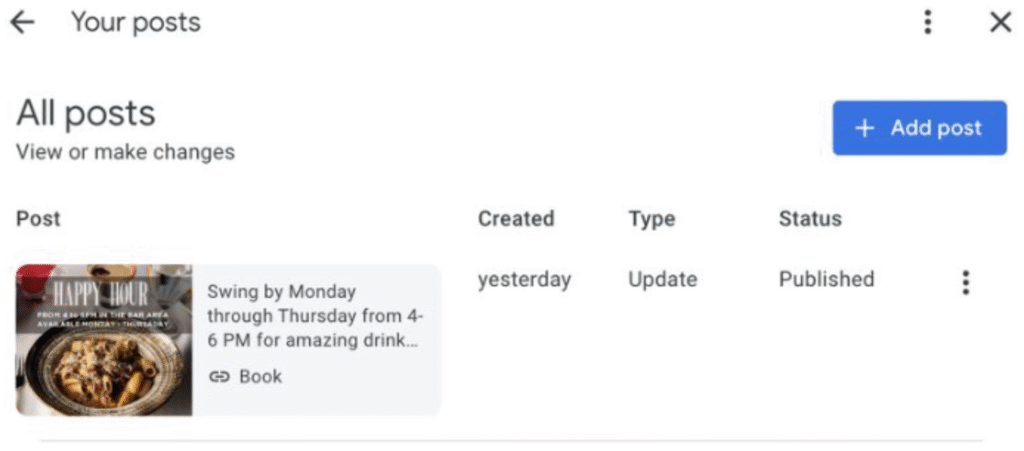
If, like me, you thought the rebranding of Google Posts as Google Updates was one of the worst redubs in Google history (so easily confused with a Google algo update!), you’ll be happy to hear we can all go back to calling this GBP feature “Posts” again. Even better, Claudia Tomina was the first I saw reporting that posts now have a dedicated dashboard for creation and management. Her summary of the changes:
There’s been a bit of concern in the local SEO community about which GBP features Google might replace with some new AI creation of their own. For now, at least, it looks like Posts are safe.
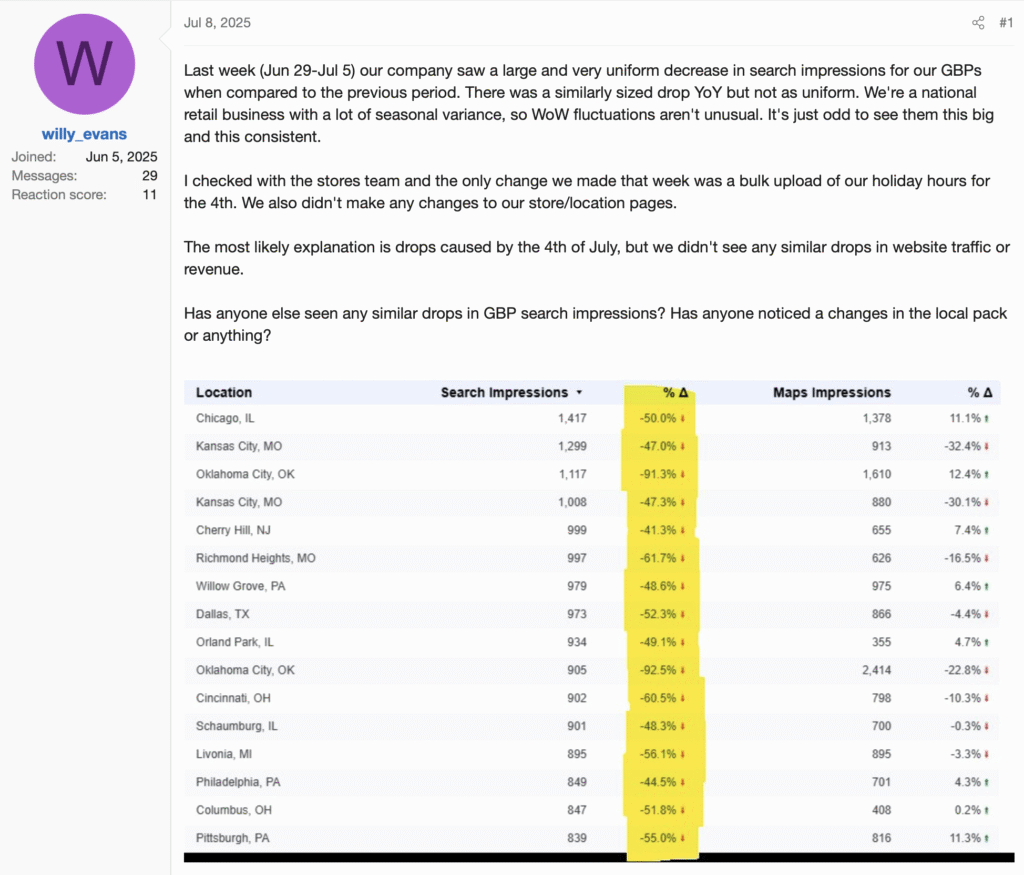
At the end of June, multiple members of the Local Search Forum reported a sudden drop in GBP search impressions being reported by the Performance section of GBPs, as shown above. According to a private conversation I had with a Google Business Profile Help Community Product Expert, this issue remains unresolved. It appears to be a bug rather than part of the volatility resulting from Google’s June core update. Maybe we’ll hear more on this in Q4? It’s certainly inconvenient.
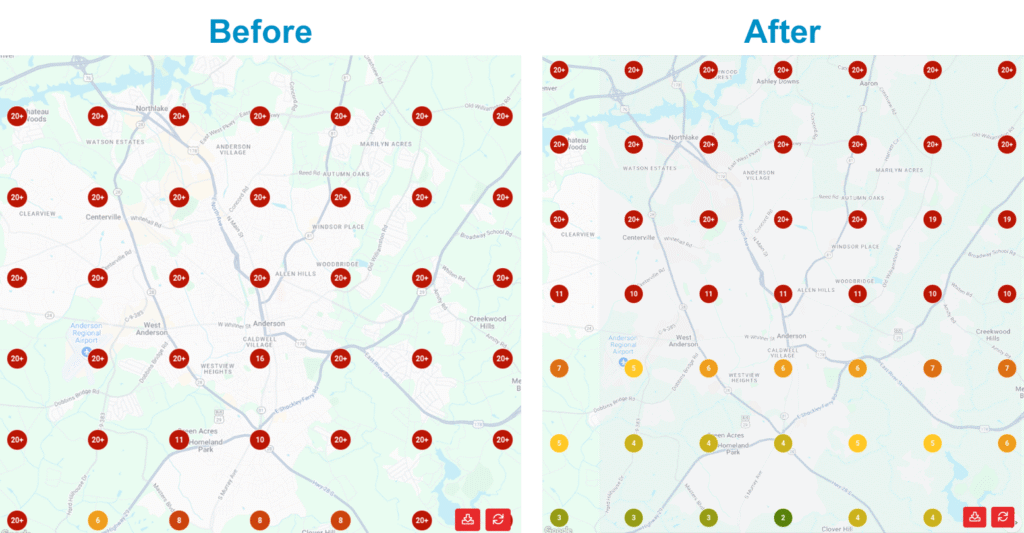
I highly recommend reading the full results of Sterling Sky’s experiment with adding new categories to an unoptimized Google Business Profile for a landscaper. As Joy Hawkins explains, the business in question had only chosen “landscaper” as their category, but when “landscape designer”, “landscape architect”, and “retaining wall supplier” were added, it resulted in the above local pack ranking lift for relevant search phrases.
These results probably don’t surprise any seasoned local SEO, but they do deserve comment. Why does Google make a habit of telling hardworking business owners to do things that will limit their visibility in search and Maps? The Guidelines for representing your business on Google instruct business owners to “choose the fewest number of categories it takes to describe your overall core business”. Doubtless, many novices who want to demonstrate trustworthiness by following Google’s guidelines to the letter will emulate the landscaper by picking just one or two categories, thus curtailing the number of search phrases for which they could be ranking.
The historic controversy over SABs complying with Google’s hide-address requirement and this correlating with lower visibility springs to mind. Google officially tells local brands to engage in practices that make it harder for customers to understand where businesses are located and what their full menu of offerings contains. Surely, this is not a win for the consumer, and it makes Google’s advice somewhat lacking in the trustworthiness and helpfulness they claim to want at the center of all online content. Sterling Sky recommends that you add as many categories as possible if they cover your niches, but of course, following through on this means not sticking to the letter of the law in Google’s guidelines. Rant over.
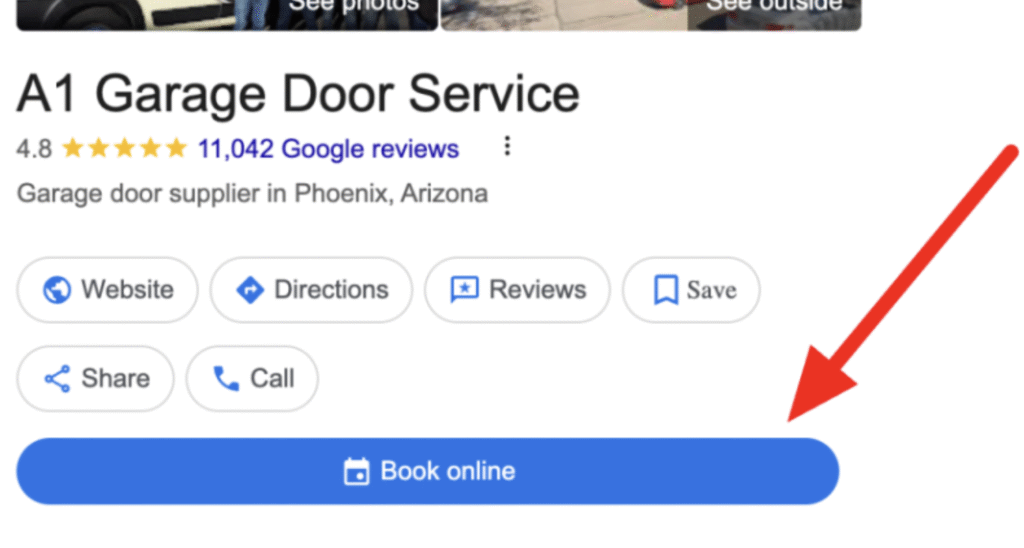
Imagine you’re running a service area business and you discover that the booking link on your GBP not only isn’t sending customers to you, but is sending them to your competitor. Joy Hawkins brings us one of the best stories in Q3 that began with this neglected business owner’s Google Business Profile Help Community Forum post and ended with Claudia Tomina telling a third-party company that she was giving them a one-hour deadline to stop scamming this booking link, or else she’d have Google take down their entire operation.
You’ve got to read the full post for all of the details and screenshots, but the notable features of this story were that:
I’d like to live in a world without scammers, and it’s a sad commentary on the vulnerabilities of the GBP system and the chronic lack of support that surrounds it, but my takeaway here for you is that the scammers are out there and you should not hesitate to hire experts if your business is targeted. When Google gives you the silent treatment on an issue that is directly impacting your bottom line, try to find help from trustworthy local SEOs.
While we’re on the topic of booking buttons, Hiroko Imai noted an update to the Business Links Policies and Guidelines documentation. Hiroko’s Linkedin post has a side-by-side comparison revealing how the content of this page has been greatly expanded. Hiroko mentions,
“Of particular note is the new addition of a section on link verification. Google regularly checks whether business links provided by users comply with their policies, and any links that violate these policies will be automatically removed.”
While the service area business owner in Joy Hawkins’ story might have a different opinion about Google’s enforcement of their GBP links policy, your takeaway is to consult these guidelines if something goes wrong with any of the URLs associated with your listings.
While Google keeps playing now-you-see-’em-now-you-don’t with its GBP messaging-oriented features, Claire Carlile had some good news to share on this topic this quarter. Not only can you add WhatsApp and text messaging to your GBPs, but as of June, your New Merchant Experience “Performance” tab should now be reporting on use of this feature. It’s another great way to measure behavioral signals related to your GBPs.
And, in case you missed the news, Whitespark just launched a brand new YouTube show called the Whitespark Local Update Podcast, in which Darren Shaw and Claire Carlile are bringing you weekly insights that will make you a better local SEO. If you missed LocalU’s Last Week in Local series after it ended, I think you’ll love this new program.
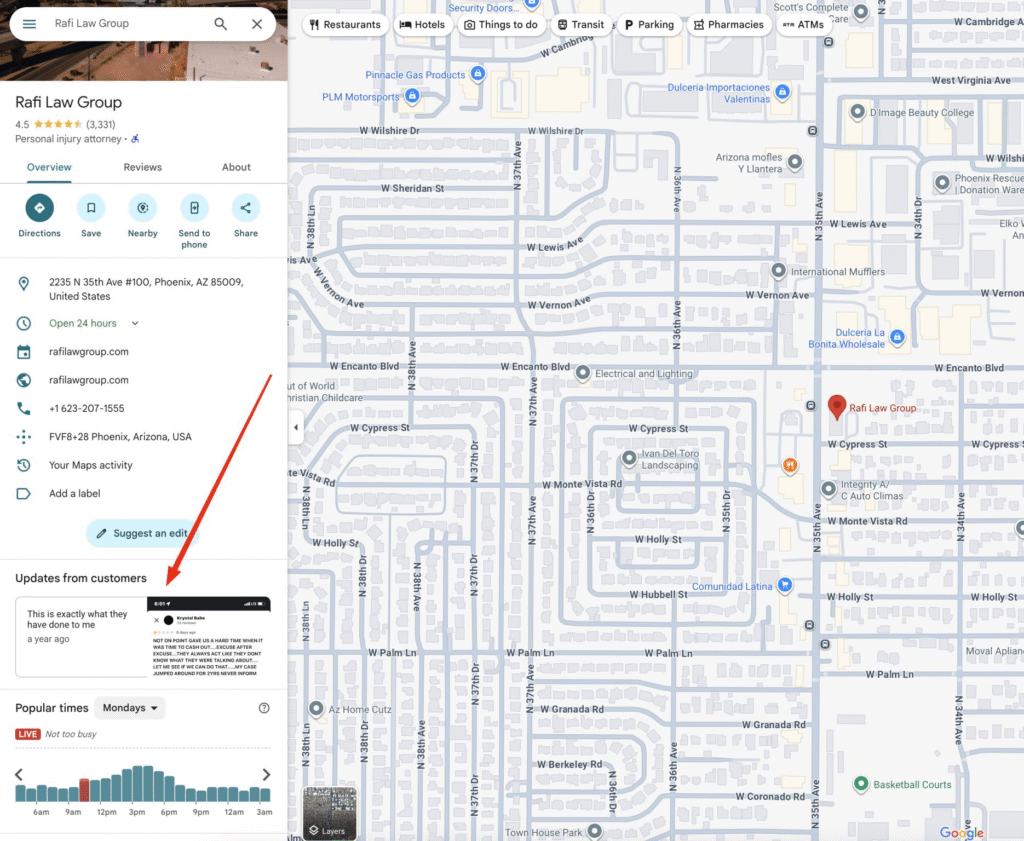
Because I’ve had the honor of running several of the biggest consumer review surveys in our industry, I do appreciate the fact that the public trusts what customers say about brands more than what brands say about themselves.
At the same time, I empathize with business owners who find their good names tarnished so very visibly by unvetted complaints on Google Business Profiles. Our own Darren Shaw captures this phenomenon in action as it relates to the “Updates from customers” feature of the Google Maps app. As Darren explains,
“This customer was so mad that they left a negative review AND posted a screenshot of the review as an Update on the Profile. Updates from customers stick permanently on the Profile until another customer publishes one.”
On the one hand, it’s civic-minded when one customer protects others from an untrustworthy business, but on the other hand, unvetted complaints strike me as wading into the territory of libel, particularly given the visibility afforded to such content by Google’s prominence. Darren’s takeaway for you is to ask some of your best customers to post their glowing review into the “Updates from customers” section.

It’s long been a keyword research tactic to consult Google’s “People Also Ask” feature in the organic SERPs to gain insights into questions searchers are asking Google. I happened upon a similar feature while fooling around in Google AI Mode. It doesn’t appear to have a label, and at least as far as my research went, it does not match PAA for the same query language, but it may provide a little window into the kinds of prompts your customers are using in conversational AI.
Here, we see a set of prompts relating to local saltwater taffy shops in Monterey, California, and it seems reasonable that such a business could be answering these questions in its website content, via GBP Q&A, and on its social profiles. I recommend experimenting with whether these kinds of suggested prompts are appearing for your business in Google AI Mode.
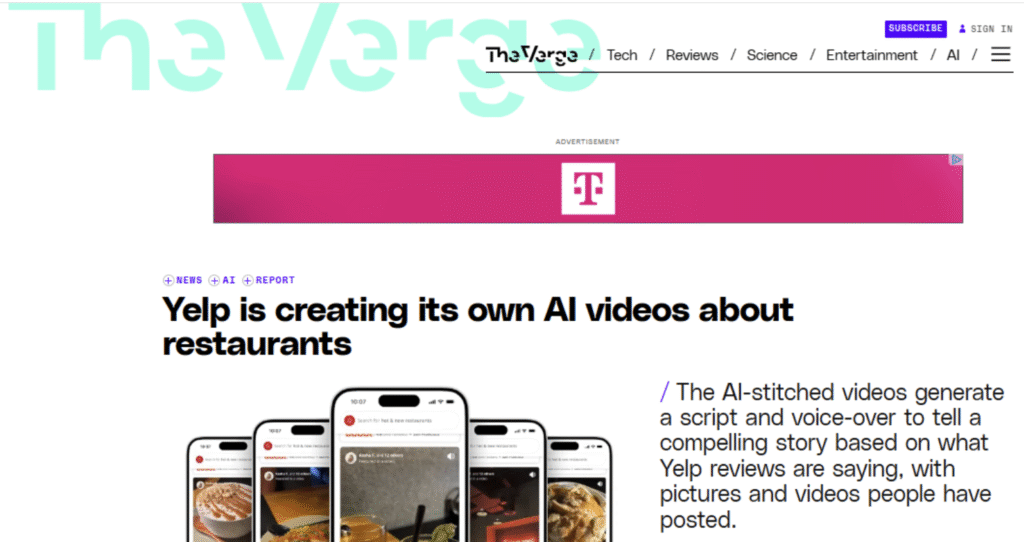
What could possibly go wrong? Imagine you’re running a family-owned restaurant. For the most part, your customers are delighted, and have been leaving you good reviews on Yelp. But there was that one time on a hot summer day when flies got into your diner and a customer got one in their soup. Now, thanks to AI, Yelp can use that negative review in an AI-generated voiceover that will represent your business in an AI-generated video you didn’t authorize.
I particularly relish that The Verge article by Jay Peters had to include this update:
“Update, July 30th: Clarified that business operators can’t currently preview the videos and aren’t notified about them.”
Comments on the article capture public sentiment in regards to Yelp taking it upon themselves to represent businesses in this way:
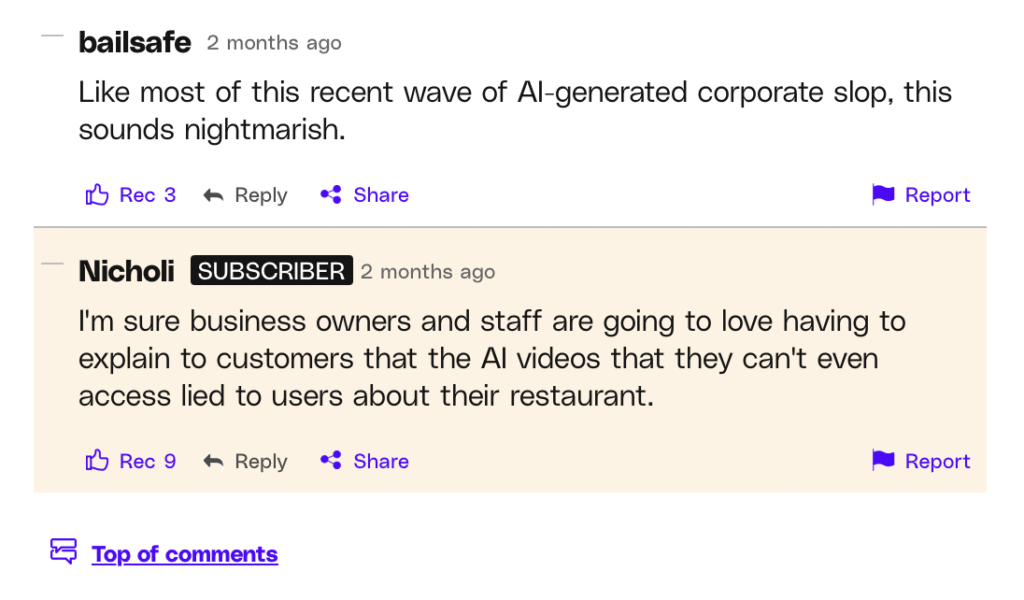
All the earmarks of underregulated technology are present in this bright new idea from Yelp, with little thought being given to the rights of business owners or the needs of consumers for reliable local business information. One might argue that this program doesn’t substantially differ from consumers reading actual Yelp reviews, but one might argue back that adding video and voiceover to this content will make it seem authoritative to many consumers. Personally, I am crossing my fingers that this is one of those 95% of generative AI pilots that fail. I’d far rather see rep-based platforms helping local business owners better create their own marketing assets.

Joy Hawkins highlighted a tip from a webinar on mastering on-page SEO that her agency is seeing success in getting clients returned as a result for “best”-type conversational AI prompts (e.g. “who are the best dentists in San Diego?”) by publishing digital press releases that cite awards the business has won. Joy says she will have more on this later this year, but for now, this could be a good tactic to experiment with turning any awards you’ve won into press releases and seeing if you can track an uptick in being cited as “best” in environments like ChatGPT.
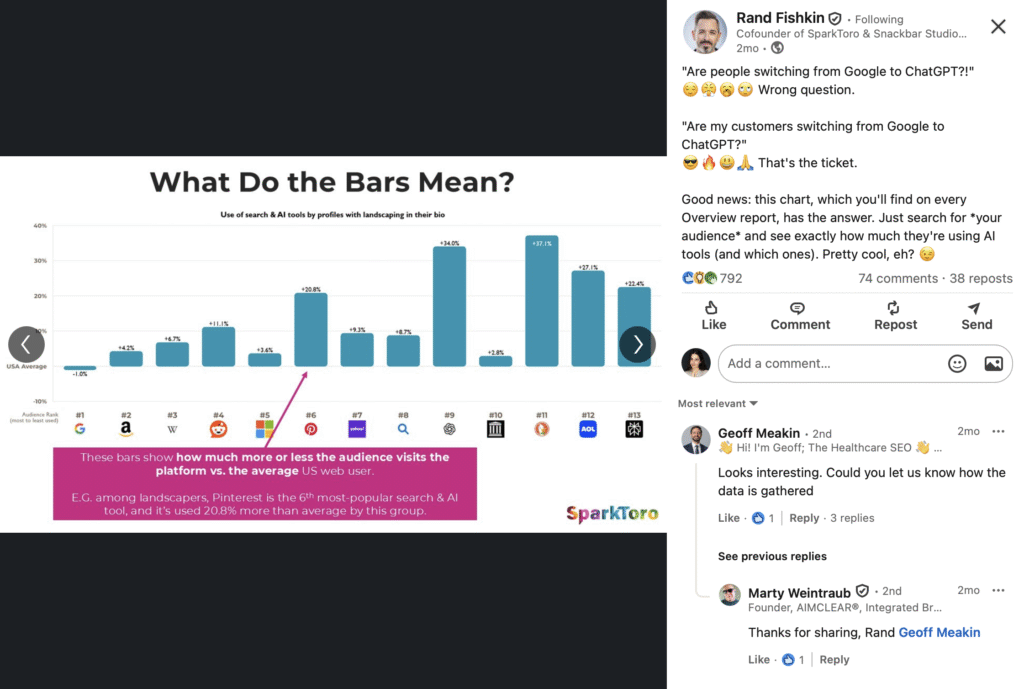
While reminding business owners that what really matters in the Google vs. ChatGPT debate is whether their own customers’ platform usage is shifting, rather than what the general public may be doing, Rand Fishkin announced that SparkToro is now reporting on AI platform usage. SparkToro customers receive charts like the above in their Overview Reports. This seems very useful.
It also calls to mind some opinions of Greg Sterling’s that I recently took note of in a NearMedia newsletter. Greg raised the question of whether AI optimization actually matters for local businesses and local SEOs. He also distinguished between optimizing for ChatGPT inclusion vs. optimizing for Google AI Overviews and AI Mode. I found his takeaways worthy of consideration:
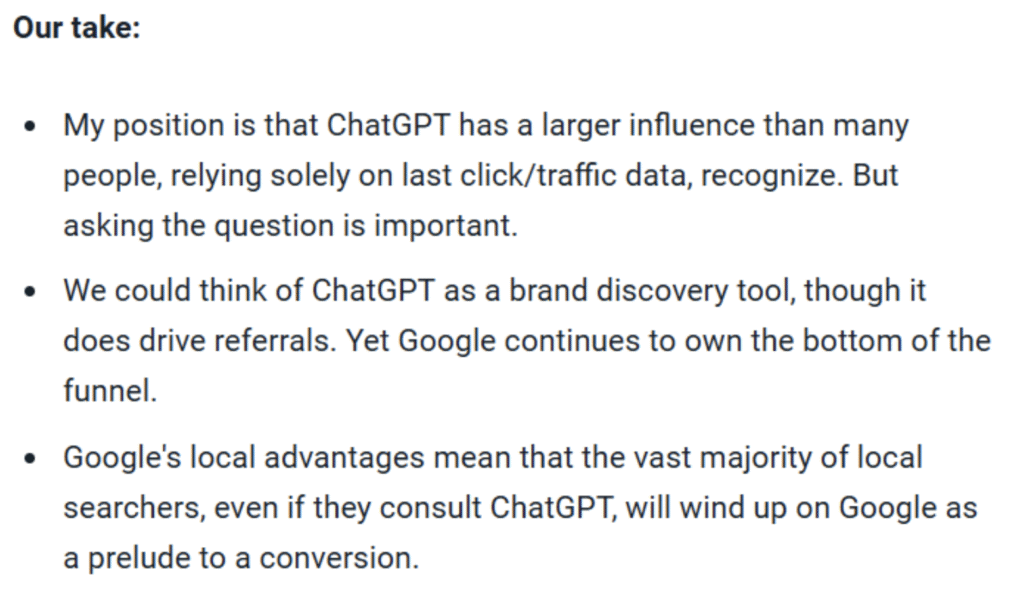
Google’s Danny Sullivan has said that “good SEO is good GEO”, and while I have yet to meet an SEO who likes the GEO acronym, it’s important to keep tuned to the evolving conversation on how much of a tactical game-changer AI really is in the local sector.
If you’d like to read my own take on the AI/Local SEO scenario at the moment, check out The Local Pack is not your moat anymore – but your reputation can be over at GatherUp.
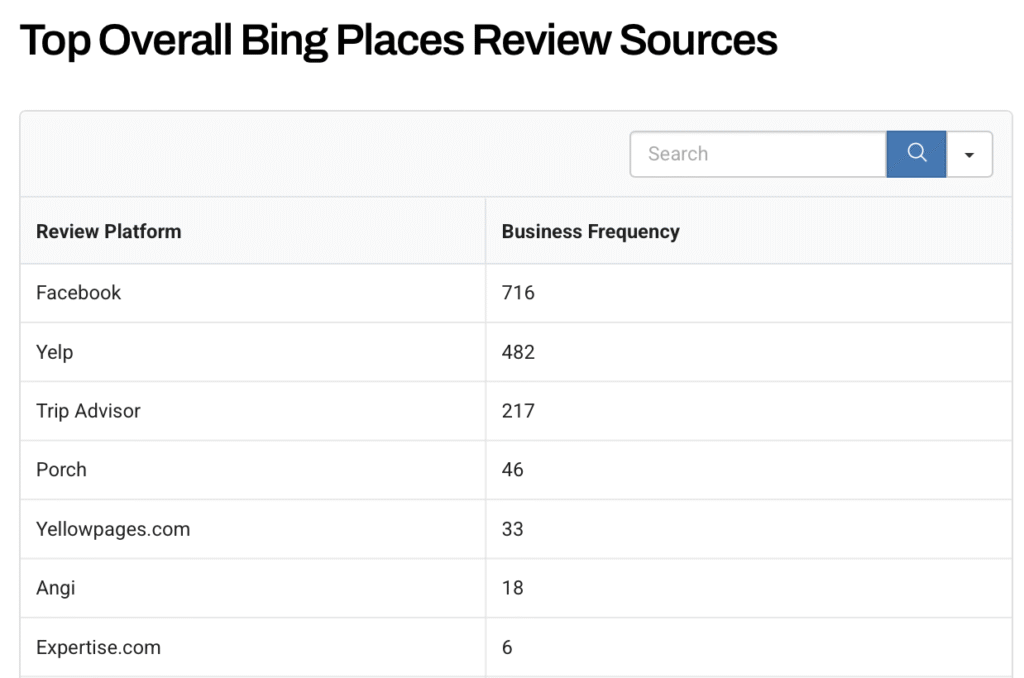
In an original study, Whitespark pulled data for 17 local business categories across 9 US cities to discover which review platforms are most frequently cited by Bing Places. In the partial results shown above, you can see that Facebook was the clear winner across our study. Why did we want to get at this data? Because Bing is owned by Microsoft, and Microsoft is a major partner and investor in OpenAI’s ChatGPT. Bing has been gathering dust on local SEOs’ shelves for more than a decade. Whitespark felt that it would be useful to look at how Bing Places is behaving these days. Review diversification is clearly a good idea, based on the results of our study.
In tandem with this report, we’ve published The Ultimate Guide to Optimizing Your Bing Places Listing. There are some very un-Google-like features of the Bing Places environment, and if it’s been years since you last built one of these listings, the guide will walk you through the process step-by-step.

Despite the headlines, local SEOs know that review extortion is not new, but it’s good to see mainstream media like The New York Times and The Seattle Times reporting on this alarming issue. This recent piece describes:
A final takeaway is that the contractor removed her cell phone number from her listings to prevent scammers from messaging her on WhatsApp, but that is clearly not an ideal solution. Accessibility is key to consumer trust and conversions.
It’s time to put this new knowledge into action. Here’s your to do list:
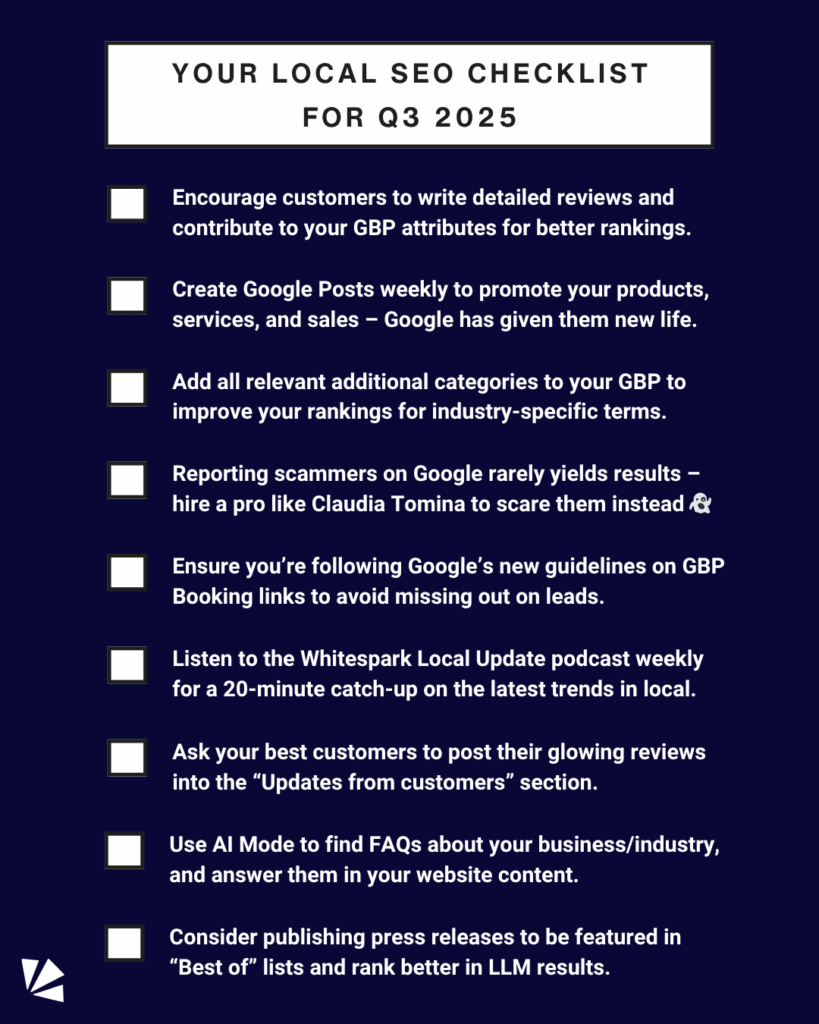
Miriam Ellis is a local SEO columnist and consultant. She has been cited as one of the top five most prolific women writers in the SEO industry. Miriam is also an award-winning fine artist and her work can be seen at MiriamEllis.com.
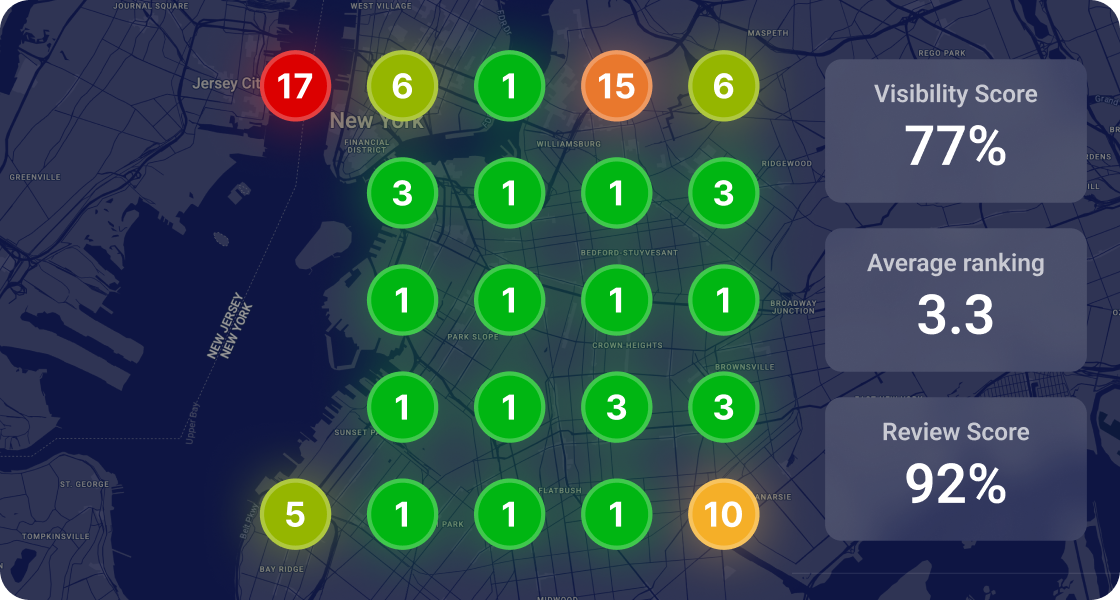

Whitespark provides powerful software and expert services to help businesses and agencies drive more leads through local search.
Founded in 2005 in Edmonton, Alberta, Canada, we initially offered web design and SEO services to local businesses. While we still work closely with many clients locally, we have successfully grown over the past 20 years to support over 100,000 enterprises, agencies, and small businesses globally with our cutting-edge software and services.